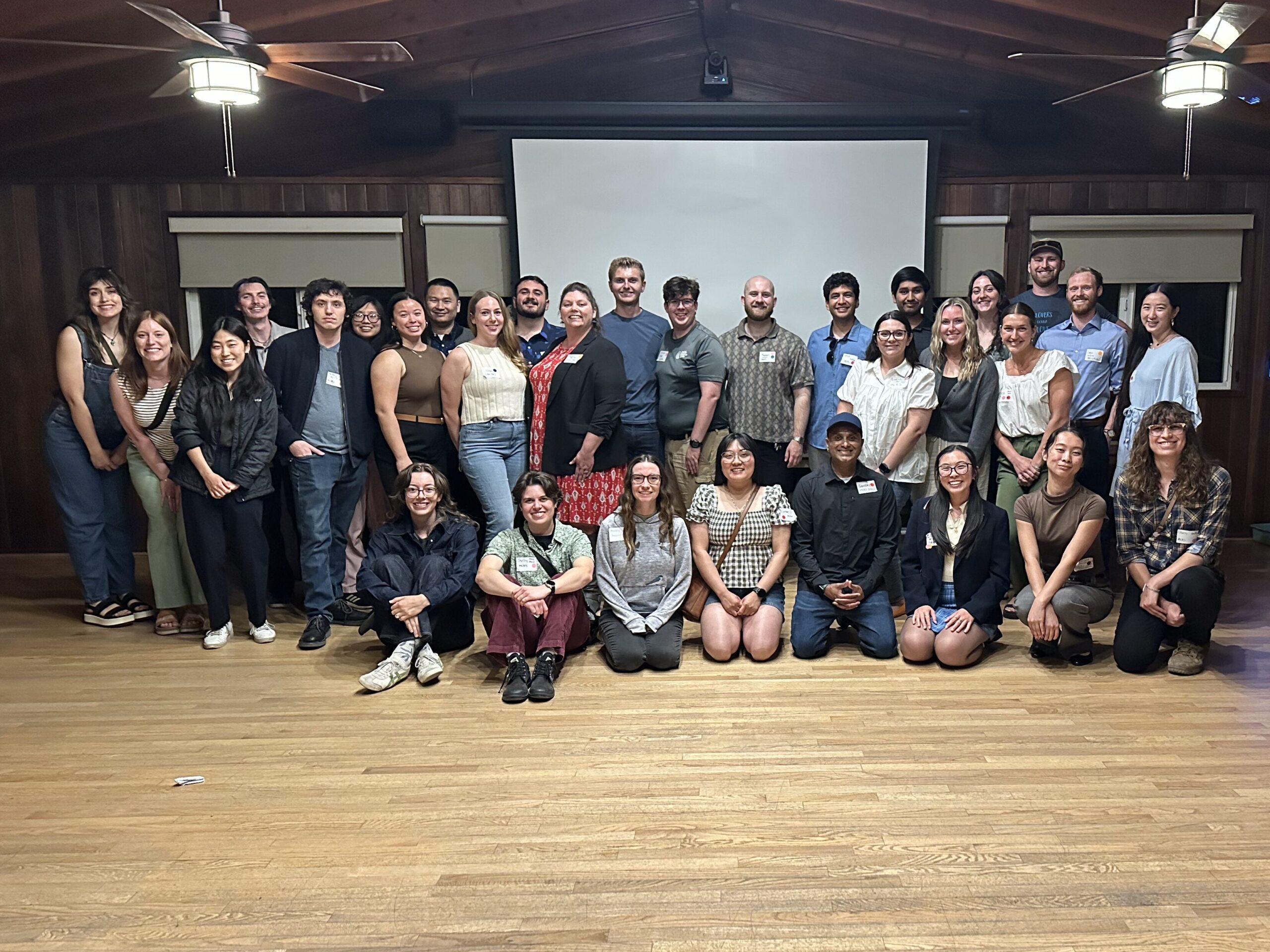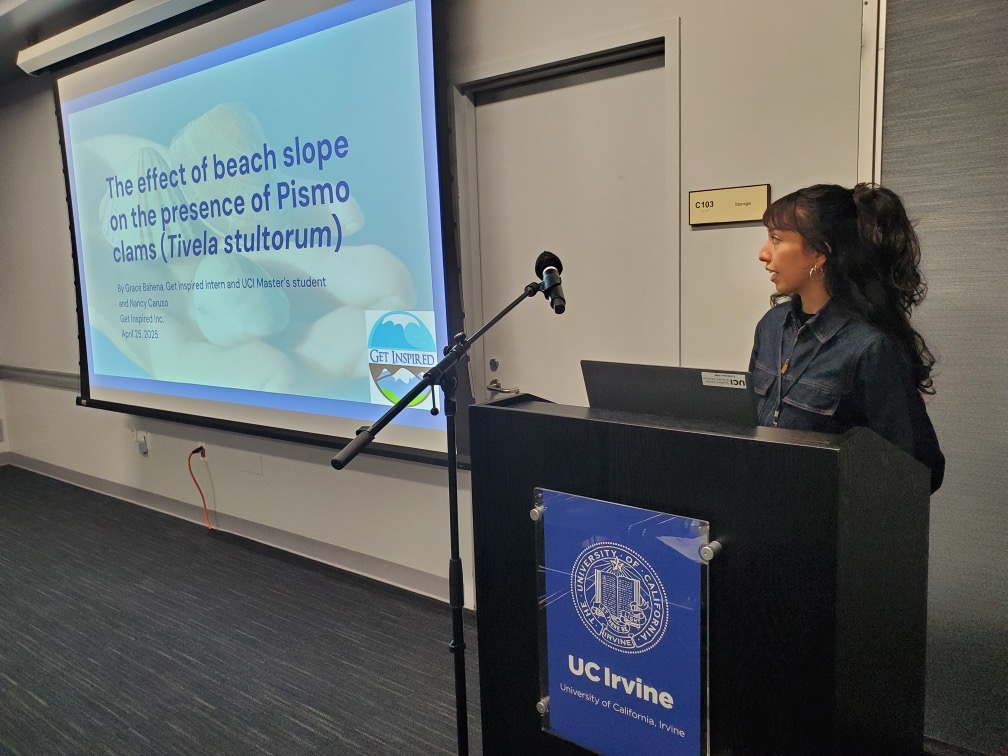Student Blog: Cherish Cartagena
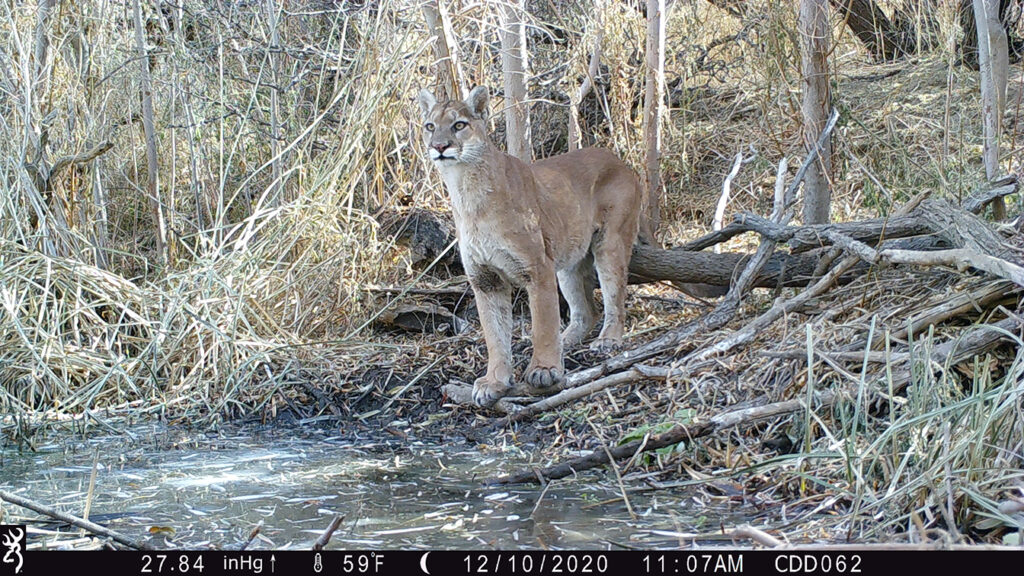
We started the MCRS program in Fall 2019 by hitting the ground running. Imposter syndrome was in full swing, and after several discussions in our classes, it seemed we all felt it. We began to feel more comfortable amongst each other after quickly realizing we would be spending most our time on campus together and leaning on each other through our frequently used group chat. But, as quickly as we had to adapt to this program, the program itself had to adapt to a global pandemic. All the in-person components were changed to a strictly online platform, and our short-lived idea of our new normal throughout the program was flipped upside down.
During the beginning of this drastic change, we were virtually introduced to Sentenac Cienega, a desert wetland in San Diego county that was the victim of invasive species and hydrological mysteries. One major benefit to being a part of the MCRS program is how collaborative it is between courses. Spring quarter, all of our classes focused on Sentenac Cienega and the question of how it could be restored to a functioning wetland ecosystem. It was challenging to become invested in a place where we had never stepped foot. To be honest, I don’t think the majority of us felt the connection to nature that brought us to this program while we were under stay-at-home orders. But I won’t speak for everyone. Personally, I found it hard to be invested in this rare desert wetland in the midst of the world going through so much tragedy.
Then came the day we were introduced to our capstone project options. All I had wanted since the day I had applied for the MCRS program was to have the opportunity to work on a project that would contribute to the conservation of wildlife and critical habitat. Little did I know, this place to which I felt no connection would become the place that would reignite the excitement that had dimmed during these unprecedented and dark times.
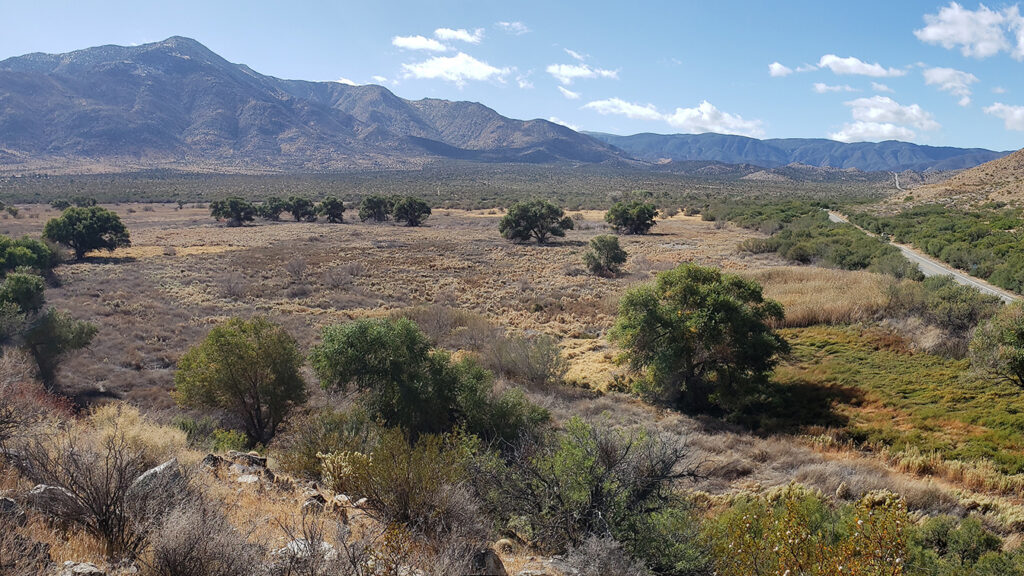
The thought of choosing to focus on Sentenac Cienega for my capstone project, after a challenging quarter during which we only discussed the restoration of this habitat, was worrisome. I had grown tired of the subject, and yet it offered me something I was intensely drawn to; a project that felt like it was made for me. I had inquired about a camera trap project being included in any of the capstone options and was met with the answer that California State Parks was interested in a project that produced a camera trap protocol for Sentenac Cienega. Knowing that this area had seen collared mountain lion activity at one time, the opportunity to set up wildlife camera traps was exciting and important to monitor this specially protected species.
We finally stepped foot in the Cienega in the fall of 2020. After so long of being told of its beauty but only really knowing the challenges it faces, we were able to experience this remarkable place in its entirety. We traversed the large swath of land, looking for signs of animal activity amongst the native and nonnative plants that covered the area. Our intentions for this project were to photograph as many animals as possible to create an updated species list. We found animal-made trails, burrows and beds, scat, and tracks from deer, rabbit, coyote, and mountain lion. One of our greatest finds was the carcass of a large, healthy male deer that had satiated the appetite of a lion. They had been there recently, and we intended to capture their magnificence through our camera lens.
After only one month of capturing photos, we were met with the stare of a healthy mountain lion in broad daylight at the small watering hole where we placed our first camera. The relief and elation ran through us, and as we continued processing photos, we saw the lion or multiple lions had wandered all throughout the Cienega. This solidified the importance of our camera trap project, and our eyes had been opened to all the life that teemed Sentenac Cienega. Camera traps have been an incredible opportunity to see elusive animals and to understand the important role that each animal plays in this unique ecosystem.
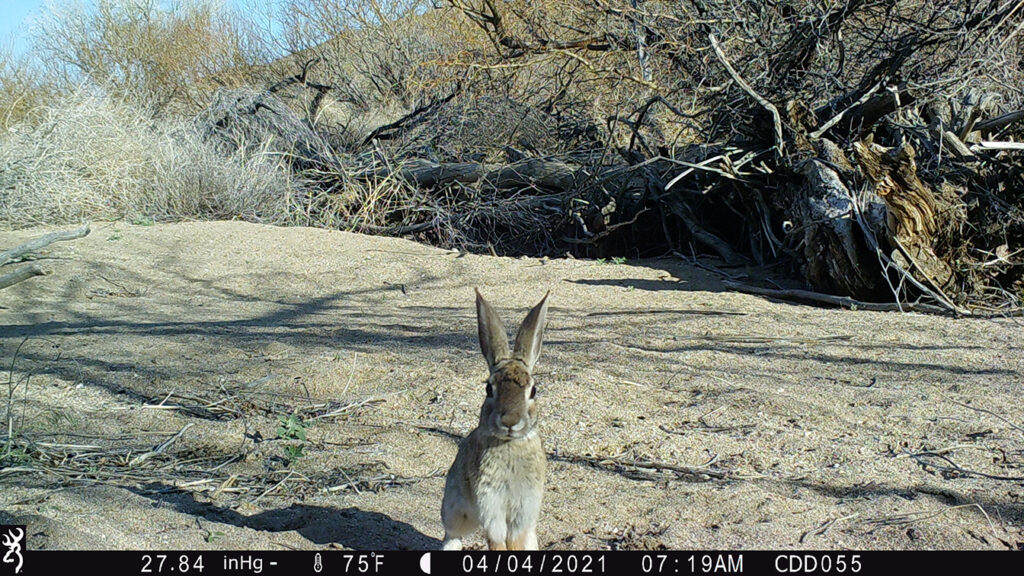
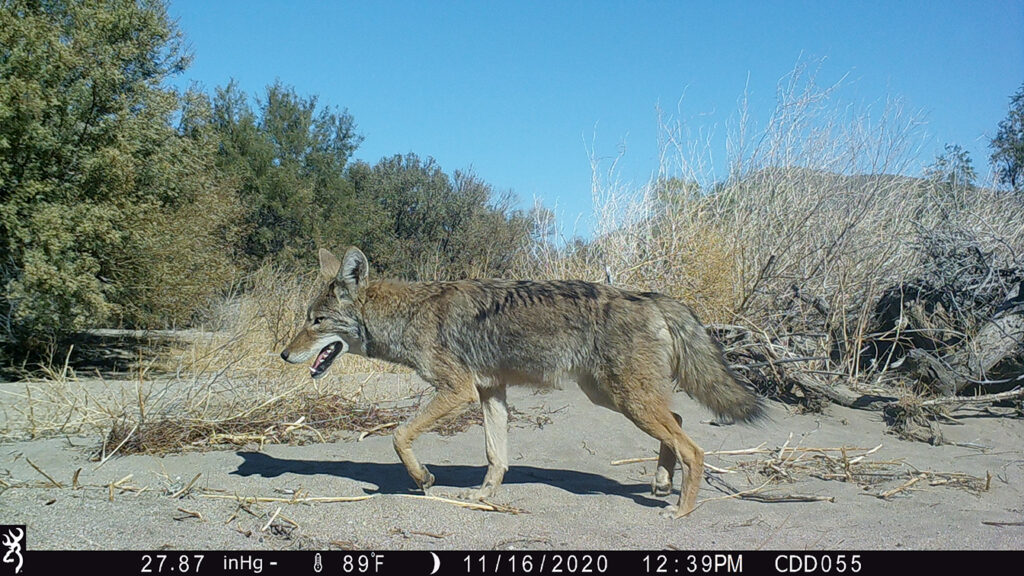
Despite the initial reluctance of committing myself to a project that I felt I had gotten enough out of before it had even begun, I chose to literally see Sentenac Cienega through a different lens. I now understand this wetland and its importance in a whole new way and aim to share that through the work I am privileged to do with my capstone team and through this program. I hope to see this work continued and a restored land abounding with even more life than there is now so the appreciation of this land can be experienced by many more students and people to come.




